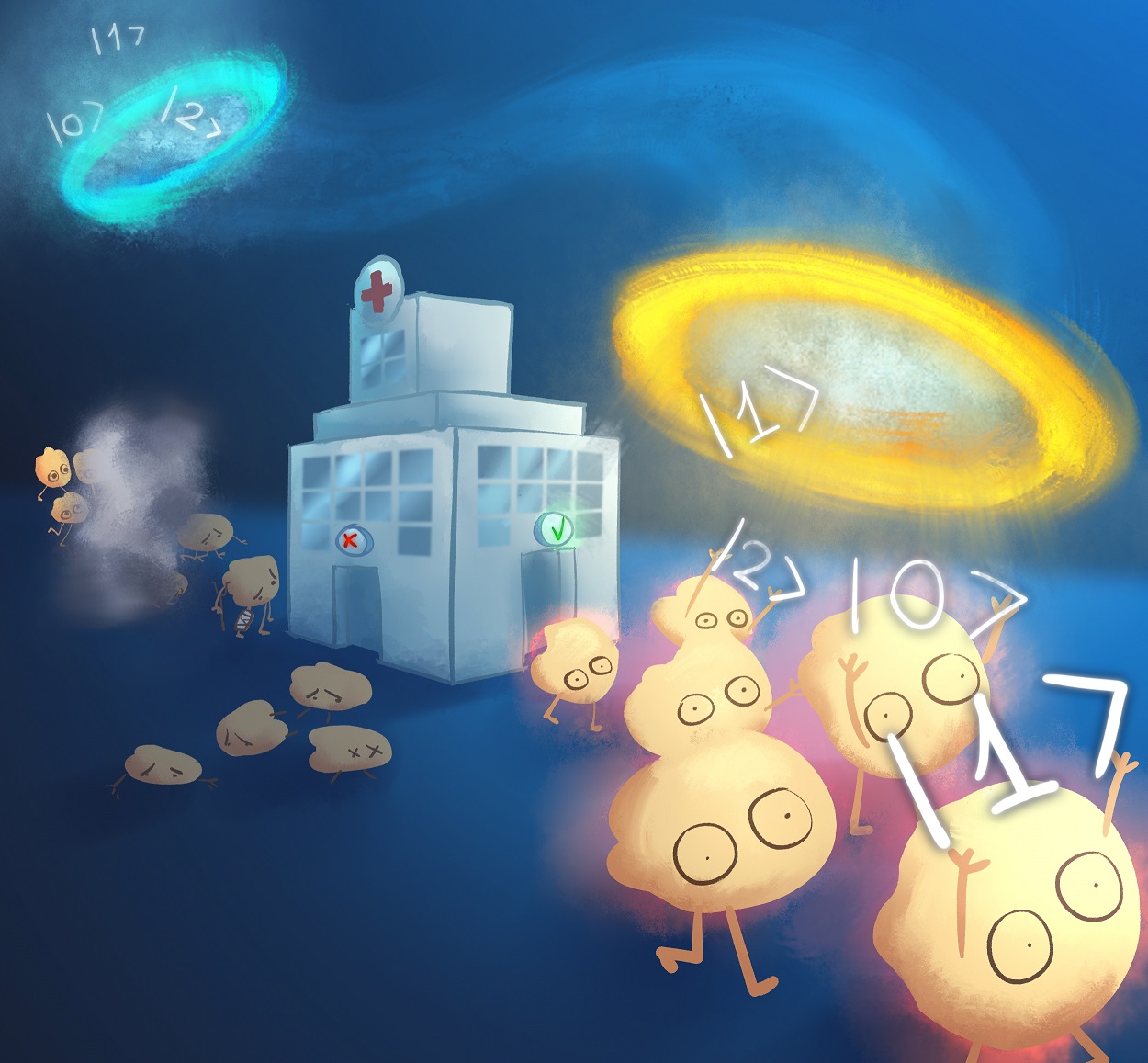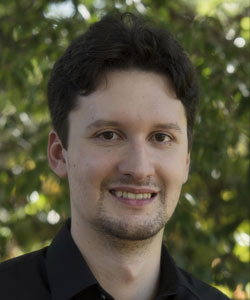
Teleportation may be a concept usually reserved for science fiction, but researchers have demonstrated that it can be used to avoid loss in communication channels on the quantum level.
The team, including researchers from Griffith University's Centre for Quantum Dynamics, have highlighted the issues around inherent loss that occurs across every form of communication channel (for example, internet or phone) and discovered a mechanism that can reduce that loss.
Professor Geoff Pryde, Dr Sergei Slussarenko, Dr Sacha Kocsis and Dr Morgan Weston, along with researchers from The University of Queensland and the National Institute of Standards and Technology, say the finding is an important step towards implementing 'quantum internet', which will bring unprecedented capabilities not accessible with today's web.

Dr Slussarenko said this study was the first to demonstrate an error reduction method that improved the performance of a channel.
"First, we looked at the raw data transmitted via our channel and could see a better signal with our method, than without it," he said.
"In our experiment, we first sent a photon through the loss - this photon is not carrying any useful information so losing it was not a big problem.
"We could then correct for the effects of loss via a device called noiseless linear amplifier developed at Griffith and the University of Queensland.
"It can recover the lost quantum state, but it cannot always succeed; sometimes it fails.
"However, once the recovery succeeds, we then use another purely quantum protocol - called quantum state teleportation - to teleport the information we wanted to transmit into the now corrected carrier, avoiding all the loss on the channel."
Quantum technologies promise revolutionary changes in our information-based society, and a quantum communication develops methods such as the one demonstrated in this study to transmit data in an extremely secure and safe way, so that it is impossible to access by a third party.
"Short-distance quantum encryption is already used commercially, however if we want to implement a global quantum network, photon loss becomes in issue because it is unavoidable," Dr Slussarenko said.
"Our work implements a so-called quantum relay, a key ingredient of this long-distance communication network.
"The no cloning theorem forbids making copies of unknown quantum data, so if a photon that carries information is lost, the information it carried is gone forever.
"A working long-distance quantum communication channel needs a mechanism to reduce this information loss, which is exactly what we did in our experiment."
Dr Slussarenko said the next step in this study would be to reduce the errors to a level where the team could implement long-distance quantum cryptography, and test the method using real-life optical infrastructure, such as those used for fibre-based internet.
The findings 'Quantum channel correction outperforming direct transmission' have been published in Nature Communications.






